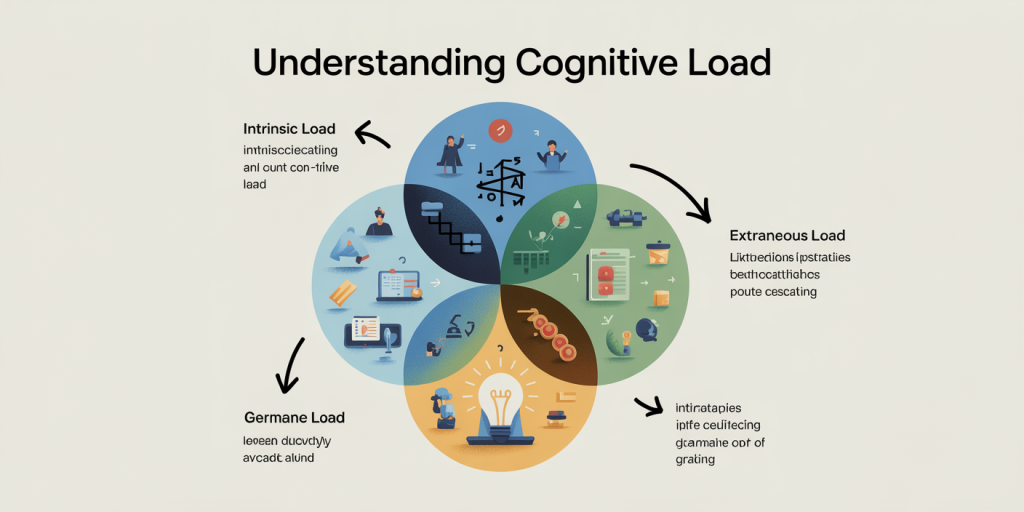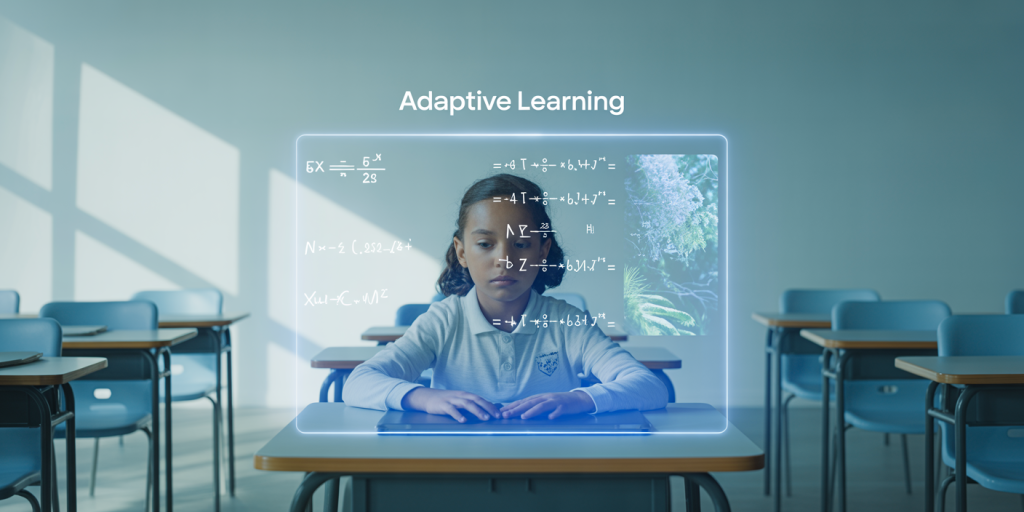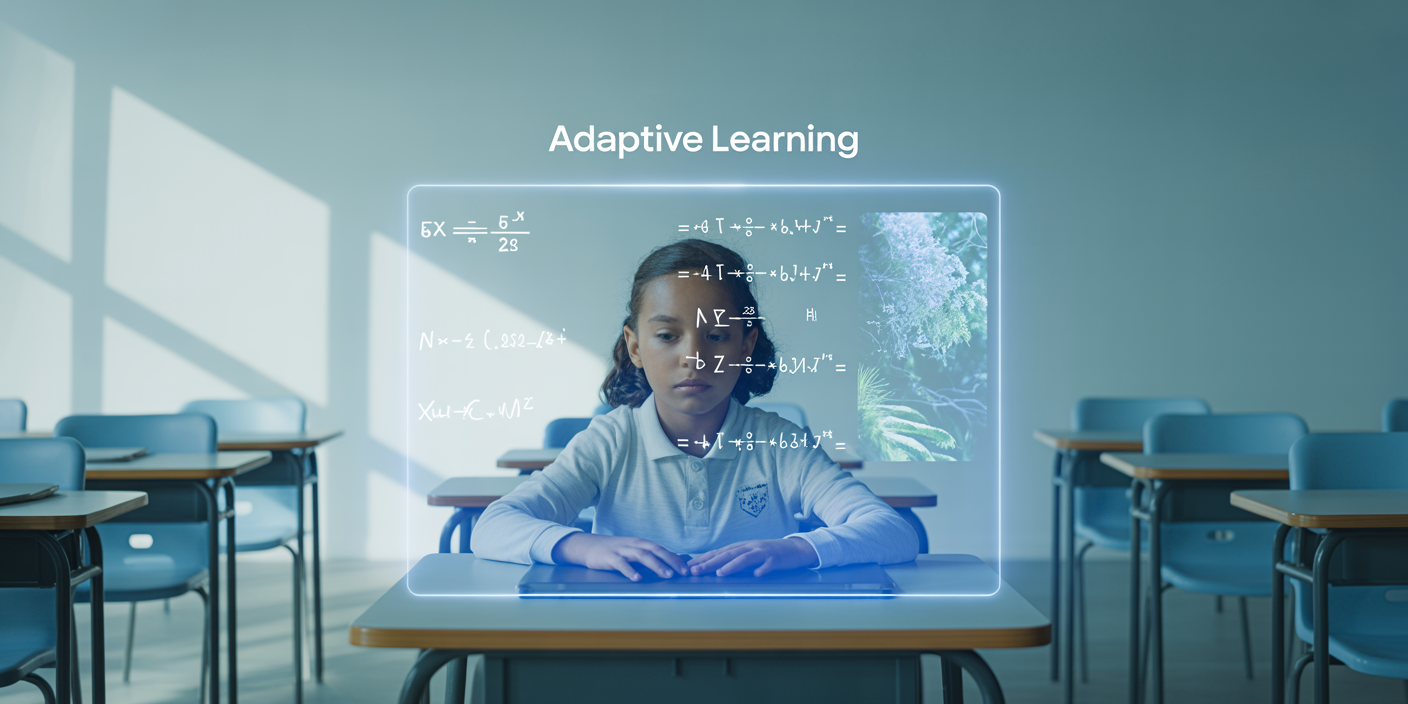How to Use Cognitive Load Theory to Simplify Your Life
In today’s fast-paced world, information overload is a common challenge that impacts productivity, decision-making, and mental well-being. Cognitive Load Theory (CLT), originally developed within educational psychology, offers powerful insights on managing mental effort and simplifying complex information. By understanding and applying CLT principles, individuals can reduce mental clutter, improve efficiency, and enhance overall life satisfaction. This article explores how to use Cognitive Load Theory to streamline daily tasks, improve learning, and simplify your life with practical strategies and real-world examples.

Understanding Cognitive Load Theory in Daily Life
Cognitive Load Theory was first introduced by John Sweller in the late 1980s. It focuses on the limitations of working memory—how much information a person can process at one time. Working memory has a storage capacity of about 4 ± 1 chunks of information (Cowan, 2010), which means that overwhelming this capacity leads to errors, slow decision-making, and stress.
In daily life, cognitive overload manifests in scenarios such as juggling multiple tasks, navigating complex instructions, or multitasking inefficiently. For instance, a study by the American Psychological Association found that multitasking can reduce productivity by up to 40% due to cognitive load limitations (APA, 2019). Recognizing how cognitive load impacts mental performance is the first step in simplifying complex processes and reducing stress.
Types of Cognitive Load and Their Impact
Cognitive load is generally classified into three types: intrinsic, extraneous, and germane load. Intrinsic load relates to the inherent difficulty of the material or task. Extraneous load stems from the way information is presented and can be minimized through smart design. Germane load refers to the effort involved in learning and understanding new information.
Understanding these types is crucial for simplifying your life. For example, when learning a new skill such as cooking a complex recipe, intrinsic load involves understanding cooking techniques, extraneous load might result from confusing step-by-step instructions, and germane load relates to processing and integrating the new culinary knowledge. Reducing extraneous load by organizing instructions clearly or breaking down a recipe can make the learning process easier without compromising the quality of understanding.
Here’s a comparative table highlighting the three cognitive loads and examples of how they impact daily tasks:
| Type of Cognitive Load | Description | Real-Life Example | Strategy to Simplify |
|---|---|---|---|
| Intrinsic Load | Complexity inherent to task | Learning to use new software | Break down tasks into smaller chunks |
| Extraneous Load | Unnecessary load from presentation | Reading poorly organized manuals | Use clear and concise instructions |
| Germane Load | Mental resources dedicated to learning | Practicing problem-solving skills | Encourage active engagement and review |
By identifying these loads in your daily activities, you can reduce extraneous cognitive load through better organization and focus your mental resources effectively.
Practical Strategies to Reduce Cognitive Overload
One of the most effective ways to simplify your life is by applying techniques that reduce unnecessary mental strain. First, prioritize tasks by complexity and importance. Use the “Eat That Frog” method coined by Brian Tracy (2007), which suggests tackling the most challenging or important task first when cognitive resources are fresh.
Second, minimize distractions by creating a clutter-free environment. Neuroscience research shows that background noise and environmental clutter increase cognitive load and reduce working memory efficiency (Sörqvist, 2010). For example, silencing notifications on digital devices or working in minimalistic spaces can help maintain focus.
Third, employ chunking, a technique that groups related information into meaningful units. For instance, memorizing a phone number is easier when digits are chunked rather than remembered individually. Chunking leverages the brain’s natural capacity to recognize patterns and reduces intrinsic load. In the context of managing daily schedules, combining similar errands into one trip can be an effective application of chunking.
Finally, use visual aids such as mind maps or flowcharts to represent complex information clearly. Visual cues reduce extraneous load by providing structured references. Companies like Apple use clean and simple user interfaces to reduce cognitive load on users, enhancing product usability and customer satisfaction.
Leveraging Technology to Manage Cognitive Load
Technology can either add to cognitive load or be used strategically to reduce it. For example, constant email alerts or social media notifications contribute to extraneous load by interrupting focus. However, technology solutions like task management apps (e.g., Todoist, Trello) can reduce intrinsic load by organizing information clearly and helping prioritize tasks.
A 2021 survey by Adobe found that 43% of workers felt overwhelmed by their digital tools due to poor integration and excessive complexity (Adobe, 2021). Simplifying your digital workspace—using automation tools for repetitive tasks, consolidating apps, and scheduling focused work periods—can greatly reduce cognitive burden.

Smart assistants like Alexa or Google Assistant also help by managing reminders, setting appointments, or answering queries hands-free. By offloading routine memory tasks to technology, you free cognitive resources for more complex, creative endeavors.
Real-Life Case Study: Simplifying Workflows with Cognitive Load Theory
Consider a marketing team overwhelmed by multiple simultaneous campaigns, tight deadlines, and convoluted workflows. By applying CLT principles, the team leader restructured their approach. First, tasks were segmented into smaller, manageable units with clear deadlines (reducing intrinsic load). Next, digital tools were streamlined—email notifications were disabled during core work hours to lower extraneous load.
The team also adopted visual project management boards (e.g., Kanban) which decreased mental effort required to track progress (reducing extraneous load). Additionally, daily briefings were shortened and focused on germane load activities, emphasizing learning and problem-solving rather than administration. Within three months, the team reported a 30% increase in productivity and a 25% reduction in reported stress levels (internal survey, 2023).
This case demonstrates how understanding and managing cognitive load can enhance workplace efficiency and well-being. Similar principles can be applied at an individual level for personal productivity.
Future Perspectives: Expanding Cognitive Load Theory to Broader Life Domains
As digital transformation and information complexity continue to grow, optimizing cognitive load will become increasingly important not just in education or workplaces, but throughout daily life. Emerging technologies like artificial intelligence (AI) combined with CLT principles promise personalized cognitive load management tools.
Imagine AI systems that monitor your mental state, automatically modifying the complexity of information or task presentation in real-time to maintain optimal cognitive load. Early developments in adaptive learning platforms already use this approach to customize instruction based on learner feedback and performance metrics.

Additionally, with greater understanding of cognitive load in relation to emotional and social factors, future interventions may integrate cognitive and affective load management. For example, mindfulness techniques and emotional regulation strategies can help reduce distractions caused by anxiety or stress, indirectly decreasing cognitive load.
On a societal level, urban planners and policymakers are exploring how to design public spaces and communication systems that minimize cognitive demands on citizens, promoting mental health and inclusive decision-making.
Incorporating CLT into lifestyle design enables a sustainable approach to managing complexity while maintaining mental clarity and focus. By staying informed on advancements and experimenting with cognitive load management strategies, individuals can prepare to thrive in an increasingly complex world.
